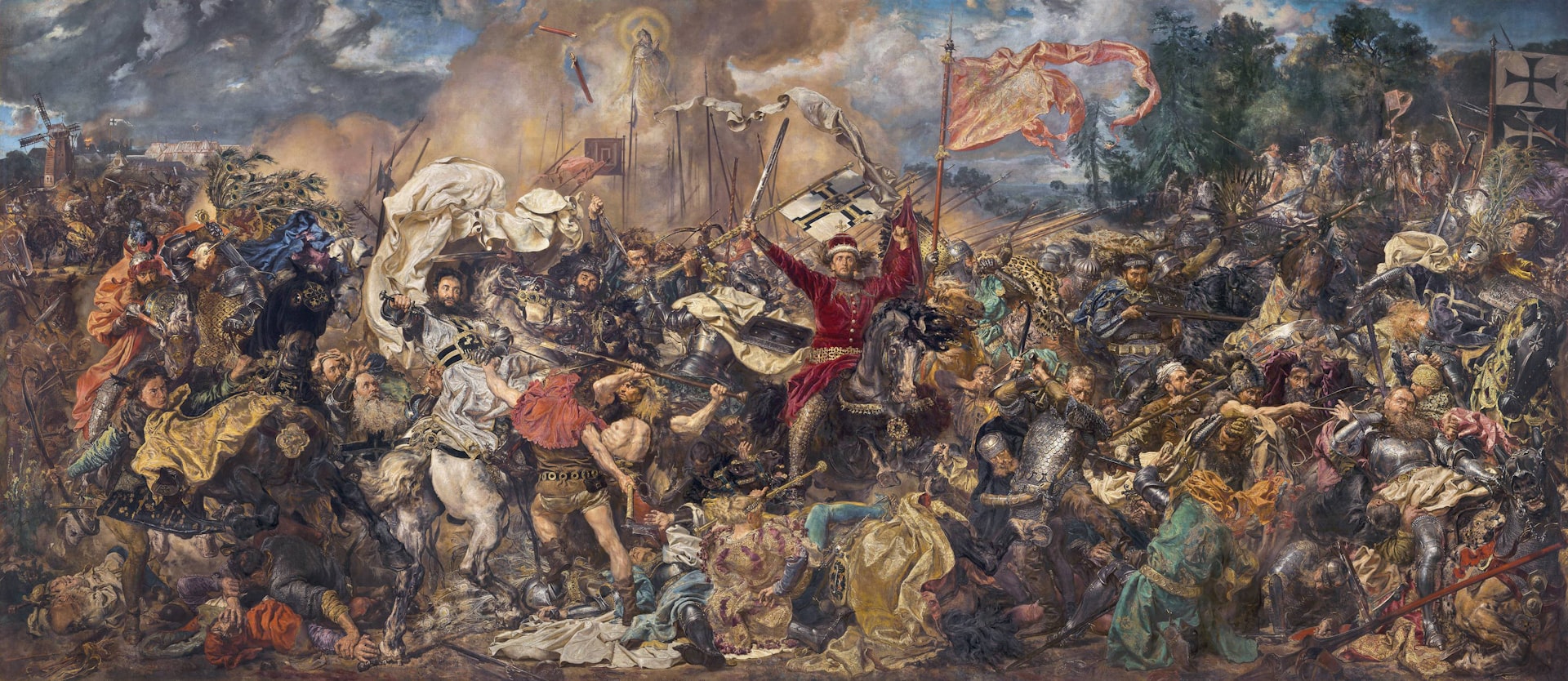How Digital Fashion Influencers Are Shaping the Future of Style and Shopping

Photo by Sean Driscoll on Unsplash
The Evolution of Digital Fashion Influence
Fashion is no longer confined to the runway or glossy magazines. Today, digital fashion influencers-creators who share style inspiration, product recommendations, and trend insights online-are at the forefront of shaping what consumers wear and buy. As the industry enters 2025, the landscape is rapidly evolving with the integration of technology, new forms of content, and a blurring line between physical and virtual style. This article explores the future of digital fashion influencers, providing step-by-step guidance for brands, creators, and consumers aiming to succeed in this dynamic space.
1. The Rise of Multi-Platform Influence
Top digital fashion influencers are no longer limited to a single social media outlet. Effective creators maintain a strong presence across Instagram, TikTok, YouTube, and personal blogs , ensuring their content reaches diverse audiences. For example, Brittany Xavier, a leading influencer, has transitioned seamlessly between platforms, building a loyal following and amplifying her brand partnerships. This multi-platform approach increases visibility and creates more touchpoints for audience engagement, which is critical for both creators and brands looking to maximize their impact [1] .
2. Authenticity and Community-Driven Content
Modern audiences value authenticity over perfection. Influencers who combine professionally produced posts with candid Stories or casual TikTok videos consistently see higher engagement rates. Brands recognize this shift and are increasingly seeking influencer-generated content (IGC) that feels genuine and relatable, rather than polished advertisements. For creators, this means embracing their unique voice, sharing personal experiences, and fostering real dialogue with followers. For brands, it means collaborating with influencers who have genuine connections with their audience, rather than pursuing only those with massive followings [1] .
3. The Power of Micro and Nano-Influencers
While mega-influencers command huge audiences, many brands find that micro (10,000-100,000 followers) and nano-influencers (under 10,000 followers) deliver better results for targeted campaigns. These smaller creators often have highly engaged communities and can offer more affordable collaboration opportunities. Their recommendations tend to feel more trustworthy, leading to higher conversion rates. For fashion startups and independent designers, partnering with micro-influencers is a cost-effective way to generate buzz and drive sales [1] [2] .
4. Virtual Influencers: The Next Digital Frontier
One of the most significant trends is the rise of virtual influencers -CGI or AI-generated personas that exist entirely online. Notable examples like Lil Miquela, Imma, and Noonoouri have amassed millions of followers, scored brand deals, and even “walked” in fashion shows. Virtual influencers offer brands total control over messaging, are immune to PR scandals, and can operate around the clock. As generative AI advances, these digital personalities can interact with fans via chatbots, post “live” content, and collaborate with human influencers for hybrid campaigns.
For brands considering this strategy, it is recommended to test collaborations with virtual influencers for specific campaigns, such as product launches or brand activations where creative control is crucial. Pairing virtual influencers with real creators can combine novelty with authenticity, maximizing engagement [2] .
5. E-Commerce Integration and Shoppable Content
Digital fashion influencers are increasingly intertwined with e-commerce . Social media platforms now offer integrated shopping features, allowing users to purchase items directly from influencer posts or videos. Influencer-driven collections, such as Amazon’s The Drop or Revolve’s capsule partnerships, let followers shop curated looks with a click. According to a survey by Yotpo, nearly half (47.5%) of recent online fashion purchases were influenced by social media, highlighting the direct impact of influencer content on consumer behavior [3] .
To implement shoppable content, brands and creators should:
- Utilize platform shopping tools (Instagram Shopping, TikTok Shop, YouTube Shopping).
- Create immersive video content with product links.
- Host live shopping events or product drops, engaging audiences in real time.
This shift is driving a digital-first mindset, with forecasts projecting that one-third of all apparel sales will be online by 2027 [3] .
6. Metaverse and Virtual Fashion
The metaverse-a collection of interconnected virtual worlds-is enabling brands and influencers to explore digital-only apparel . Digital fashion allows consumers to buy and wear clothing for their online avatars or augmented reality experiences. High-profile collaborations, such as Balenciaga’s digital skins for Fortnite, showcase how virtual garments are becoming status symbols within gaming communities. Platforms like DressX sell digital-only outfits that consumers wear in photos and videos, further blurring the line between physical and digital self-expression [4] .
To access virtual fashion opportunities:
- Brands can partner with gaming platforms or virtual worlds (e.g., Roblox, Fortnite) to release branded digital items.
- Consumers can experiment with AR filters on Instagram or Snapchat to “try on” virtual accessories.
- Creators can design and sell digital fashion assets through established marketplaces or metaverse platforms.
This approach opens new revenue streams and creative possibilities, while also offering a more sustainable alternative to traditional fashion.
7. AI, AR, and Personalized Shopping Experiences
Artificial intelligence (AI) and augmented reality (AR) are personalizing the fashion shopping journey. Virtual try-on tools and visual search enable consumers to see how clothing will look before buying. According to a global study by Snapchat, Publicis Media, and NRG, over 80% of Snapchat users turn to social media for fashion inspiration, with creators trusted as much as close friends. Brands that embrace these technologies can deliver faster, easier, and more tailored shopping experiences [5] .
To leverage these innovations:

Photo by ERNEST TARASOV on Unsplash
- Integrate AR-powered try-on tools into your e-commerce platform.
- Encourage influencers to use AR filters and showcase products in immersive ways.
- Utilize AI-driven analytics to personalize product recommendations for each customer.
These tools not only enhance engagement but also help drive higher conversion rates and customer satisfaction.
8. How to Become or Collaborate with a Digital Fashion Influencer
For aspiring influencers, building a successful digital presence requires consistency, authenticity, and a willingness to embrace new platforms and trends. Start by choosing a niche, sharing relatable content, and engaging with your audience through comments, direct messages, and interactive stories. Experiment with emerging technologies, such as AR filters or video commerce, to stay ahead of the curve. For brands, the key is identifying creators whose audiences align with your target market and developing collaborative campaigns that leverage both authenticity and innovation.
If you are a brand or creator looking to access the latest influencer marketing tools, consider searching for influencer management platforms or agencies with strong track records. Use keywords like “fashion influencer marketing agency” or “digital fashion creator platform” to find reputable partners. Review client testimonials, campaign case studies, and industry awards to assess credibility before committing.
9. Overcoming Challenges and Embracing Change
The fast pace of digital fashion means constant adaptation. Influencers and brands must stay informed about platform updates, emerging technologies, and shifting consumer preferences. Some challenges include:
- Algorithm changes that affect content reach
- Audience fatigue from repetitive or overly promotional posts
- Maintaining authenticity in sponsored collaborations
- Navigating the ethical implications of virtual and AI-generated content
To navigate these challenges, invest in ongoing education, diversify your content strategy, and prioritize transparency with your audience. Stay connected to the broader fashion community through webinars, online forums, and industry publications.
10. Key Takeaways for the Future
The future of digital fashion influencers is driven by authenticity, technological innovation, and a seamless integration with e-commerce and virtual experiences. By embracing multi-platform strategies, leveraging AI and AR, and staying open to new forms of collaboration-including with virtual influencers-both creators and brands can stay ahead in a rapidly changing landscape.
References
- [1] Stack Influence (2025). Top 10 Fashion Influencers to Follow in 2025.
- [2] Hypefy (2025). 11 Influencer Marketing Trends in 2025 Brands Should Know.
- [3] Firework (2025). Fashion Industry Trends 2025: Navigating Sustainability and Technology.
- [4] Aeon (2025). 10 Key Fashion Industry Trends to Watch in 2025.
- [5] Influencer Marketing Hub (2025). Fashion Marketing Trends for 2025: What Snapchat Data Reveals.



